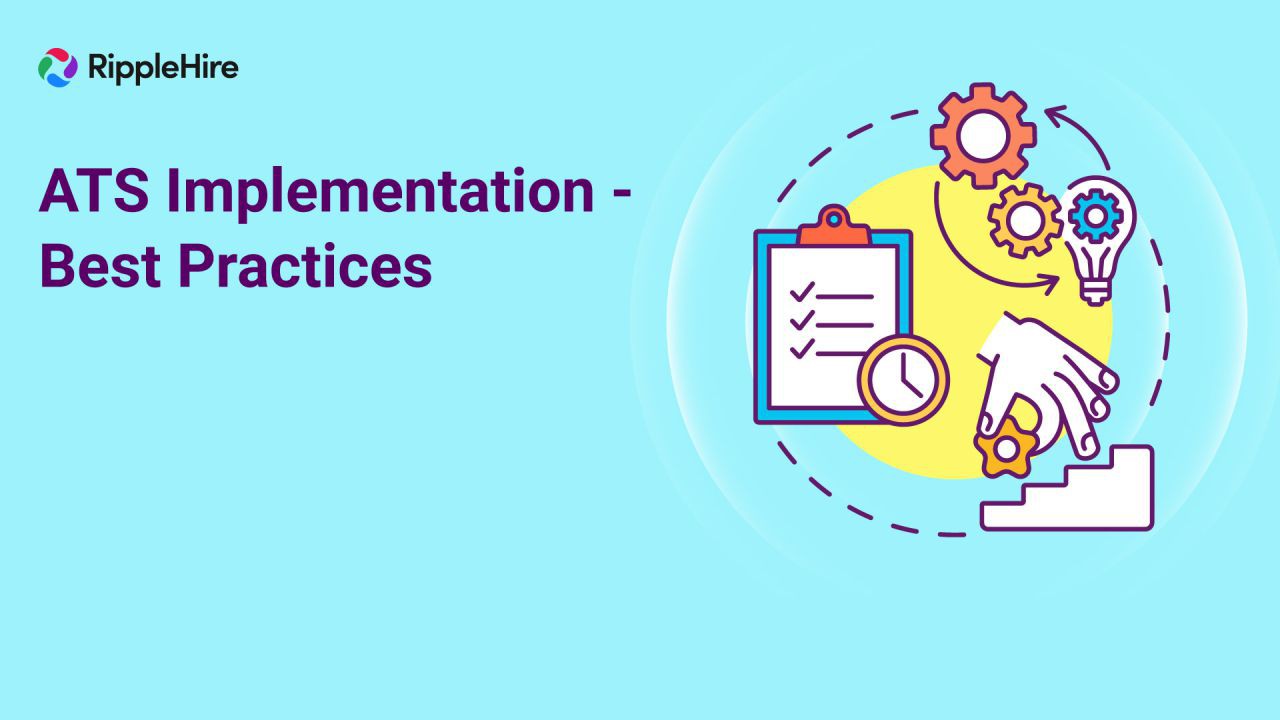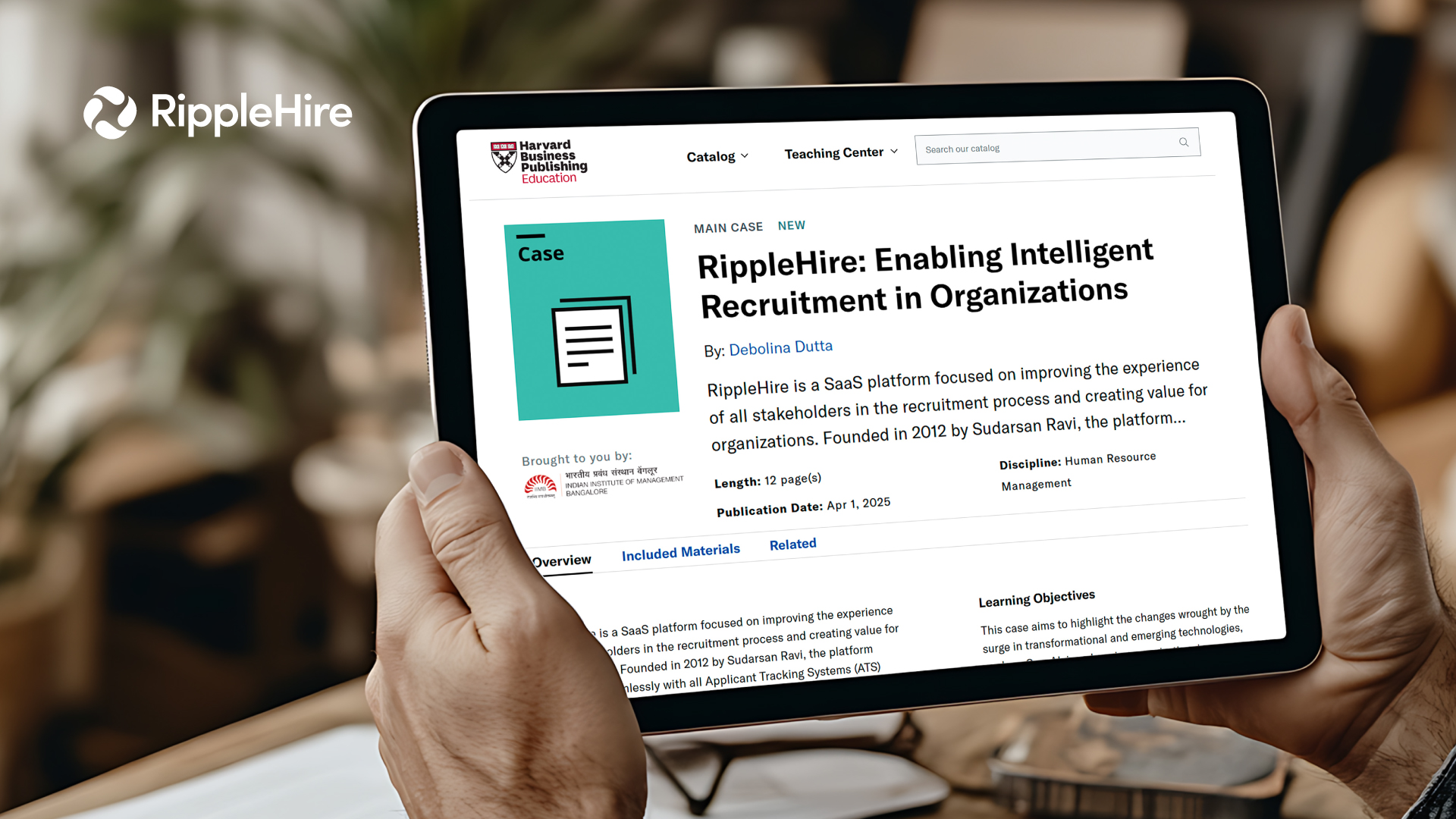The return on investment of your business truly relies on the Applicant Tracking System (ATS) you select and the business process you follow.
Many organizations take a different approach in ATS implementation. However, the methodology can change but the outer framework remains the same for most of the implementation.
First, let’s keep in mind a few rules that you and your solution provider must adhere to while implementing ATS.
- 1. Just build one team for the project. Don’t create separate client or partner teams.
- 2. Include key decision-makers and end-users in your team. Looking beyond IT and recruitment leadership is advisable.
- 3. Eliminate unnecessary processes. Understand people adapt to changes when there is no/less conflict. So, it is important to evolve and retain work in areas where there is no/less conflict.
- 4. Create a roadmap providing details for the multiple phases.
- 5. Going live is the first step, however, you need to plan quarterly reviews to streamline the process and make it better.
Now, it’s time to know the best practices while implementing an applicant tracking system and how to make your process easier, faster, and better.
Evaluate your current recruitment system thoroughly
Even if you are all set to create a new recruitment system from scratch, your current recruitment system will be the basis for your new initiative. If you feel there are glitches in your current recruitment system, note all the issues and address them before implementing the new ATS.
Focus on fixing the issues and not the features
Carefully spend your time identifying the issues in the current recruitment system. Never jump to a conclusion and plan your ATS features without understanding the actual problem in your current ATS.
Be flexible with your plans
When you have a plan handy, it will give you a fair idea of what to expect, for instance: the time taken and available resources to complete the project. However, keep in mind that things will not go as planned. Being flexible is the best way to implement your ATS.
Foresee risks
Any project can have its own risks, anticipate cost overruns, changing priorities, internal discrepancies, or change of roles and constantly changing mindset of the users. When you are aware that unknown risks can intervene in your original plan, you will be able to combat such risks during the implementation phase.
Include key members
Gather requirements from all user groups, however, it is important to identify the needs of the actual end-user to flawlessly design the ATS. Define roles for each member before the project implementation and ensure everyone realizes their responsibilities in delivering the project on time.
Pick your advocates
Even when everyone on the team is ready to back you during the ATS implementation, you still need to choose your advocate from every department. Your advocate should be the single point of contact who knows your plans and end goals. This person should be passionate and willing to promote the benefits of the new ATS to everyone in the organization. These advocates can enthusiastically partake and attract others to come forward during the ATS implementation.
Train your team
If you have rolled out the ATS implementation to a vendor, you should understand the features, functionalities, and various segments in the new ATS. So, it is crucial for your team to receive adequate training before they start using the ATS.
Control the data
Overflowing data can be hazardous. Give top priority to clear unwanted data. Appoint teams to scrutinize the data flow and advise them to retain the right data and chuck out the unwanted.
Introduce metrics and measurement plans
You can define the success of ATS implementation through qualitative and quantitative methods. Create metrics and measurement plans to evaluate the ATS implementation phases.
Set the stage for going live
Plan your go-live and communicate with all the key stakeholders, executive leadership, people excellence head, recruiters, and hiring managers. The ATS go-live event should be a combination of sheer brilliance and performance.
You can follow the best practices as stated for a successful ATS implementation. Moreover, you can also achieve the best candidate experience if you follow these tips.
Create a fantastic career page
Remember, the career page is the main door to your organization. On this page, always provide relevant information to prospective candidates and ensure to make them feel elated to work with your organization.
Encourage Transparency
Show that you care for the candidates. Keep them informed about the hiring process and candidature status. Constant communication and providing feedback at every stage of the recruitment process will win the candidate’s trust and confidence in the recruiter.
Use the right ATS software
Most of the candidates use their mobile phones to apply for a job and it is important for a recruiter to give the best candidate experience. So, when you are planning to implement an ATS, enable software that can be used via devices like mobile phones, tabs, laptops, and desktops. Your employees should also be able to use the ATS to share a job opening with their friends through social networks.
If you want to share the best practices that you have followed during ATS implementation, feel free to share them with us and we’d love to hear from you.






